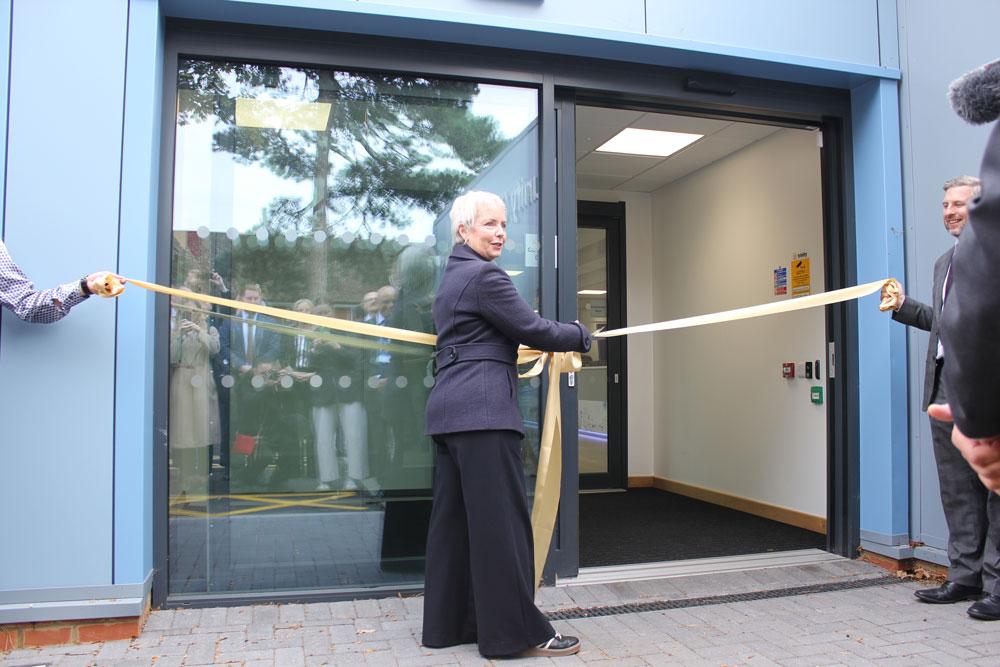Commitment to invest in our hospitals is hugely welcome, and a strong and robust programme is required to ensure the delivery of the planned 40 new hospitals this decade, writes Thomas Carnegie, Katja Lacey and Christian Norris
The need for new hospitals within the NHS is widely accepted by both the public and government. Many of our hospitals were not designed to last as long as they have. Given the number of hospital trusts in England (c.223), and their typical useful lives of c.60 years, you would need to re-build around four hospitals per year. This has not happened for a long time. In 2018 (the most recent available year), capital investment in health was around 20 per cent lower than it was in 2009, and in general, the UK spends less than the EU average on capital within healthcare.
Addressing this deficit presents big opportunities to enhance health outcomes, meet growing demand effectively and sustainably, deliver new models of care, and address the aging estate that is presenting growing risks to services and patients.
The NHS Covid-19 response has emphasised the need for a modern estate. During the pandemic, hospitals have needed to deliver care differently – increasing critical care capacity, adapting their estate to place greater emphasis on infection control, and enabling a hot and cold split of hospital services. Doing so has presented big challenges for hospitals, with planned operations cancelled, and hospitals struggling to adapt their estates. New hospitals will need to make their estates fit for purpose, flexible to patient needs and prevent the electrical, ventilation and oxygen challenges that we have seen during the pandemic.
The government has committed to significant investments in new hospitals. This commitment demonstrates its support to transform the NHS estate. The Prime Minister’s announcement in September 2019 of plans to build 40 new hospitals in the next 10 years was very welcome to providers who have been patching up their estate for many years. However, the Autumn Spending Review offered funding to 2025 of £3.7 billion – likely to be only enough for four to eight new hospitals. This means the majority of the 40 hospitals identified will need to be delivered in the second half of the plan. This will require both significantly more capital, and an ambitious and robust programme to accelerate the build of new hospitals within the second half of the plan.
We need to deliver an effective and ambitious programme to address the various estate requirements of the NHS and deliver on the Prime Minister’s plan to build 40 new hospitals in the next 10 years.
Delivering on the current Spending Review commitment of £3.7 billion for new hospital infrastructure will be a significant achievement. However, delivering the further investment to build all 40 hospitals makes a coordinated and systematic approach to understanding the scale of the challenge, and how to address it, essential. The successful delivery of this commitment will rely on:
• A strong central programme
The New Hospital Programme (NHP) has been established to deliver this commitment. It must now set out a clear and coherent rationale for a comprehensive capital spending programme at a national level, and also set out the investment required to deliver this programme to underpin the next Spending Review commitment.
The programme should consider what lessons can be learned from international builds, particularly looking at Europe, Australia and New Zealand, who have all successfully built many new hospitals in the past decade. The NHP must also provide clarity on the role of the providers, and the NHP team, to ensure there is effective learning across schemes that helps optimise value for money, while giving Trusts flexibility to address their main challenges in the most appropriate ways.
• Maximising the benefits of this investment
Hospital investments will be competing with other areas of government investment, such as in transport and defence. It is therefore crucial to maximise the benefits of each of these schemes and demonstrate a strong return on investment, including the wider benefits to society and the UK. There are significant opportunities to improve health outcomes, prevent serious illness and disease, and treat patients more effectively and efficiently. PA analysis of a number of NHP schemes, for example, suggests typically a new hospital build could improve efficiency by between 6 and 11 per cent.
Additionally, there will be benefits of the investment in infrastructure itself, with the NHP having the potential to generate 14,000 – 17,000 new jobs, and support the Government’s ‘levelling up’ agenda, with 36 of the new hospitals being outside of London and the South East.
To measure and deliver these benefits effectively requires schemes to explore all the opportunities available to them through the use of new digital technologies, and partnerships with the life sciences sector and Universities to explore new clinical models and achieve much greater sustainability from the NHS estate. The programme needs a clear framework for each of the schemes to identify and measure the benefits of their investments, providing consistency in approach and avoiding duplication across schemes.
• Accelerating the delivery of schemes
To deliver the plan, all schemes will have to go faster than previous builds. A typical hospital build takes three to four years. To deliver the first wave of hospitals, this Spending Review will require them to be breaking ground in 2022. For the hospitals later in the plan, there will be a need to stagger build start dates from 2024 to 2027 to deliver all 40 hospitals by 2030.
The programme must seek and explore opportunities to accelerate these timelines. Modern methods of construction is one opportunity to do so, as well as having the potential to drive down cost. Standardised designs will also support a more rapid build process. We’ve seen during this pandemic how quickly services can be transformed, and new facilities established. While this approach is not always appropriate for hospitals, more modern approaches to building can be utilised to accelerate the programme.
Alongside this, the planning, business case and approvals process, that currently takes two to three years, must also be accelerated where possible. Standard requirements and approaches for the business case will give schemes clarity and focus their energy on the decisions they need to make.
• A concrete pipeline
The programme must set out a clear pipeline for the 10-year period and beyond. This will provide a structure for each Trust to work within, and incentives to accelerate planning and preparation for when the investment is available.
Providing greater long-term certainty will help hospitals to plan for the future, avoid wasted investment, time and energy, and most crucially will improve outcomes for patients and deliver a more sustainable health service.
It will also provide industry with greater clarity on what is required, and when, to enable the supply side to mobilise appropriately. Our analysis suggests we will see a peak in hospital infrastructure in around 2025-27 on the current profile, so it’s essential there is construction capacity to deliver this.
There will always be new pressures on the NHS, and new clinical models and ways of working. However, these cannot delay investment into the estate. A dedicated programme, with long term funding, will ensure we continue to improve our health service, that the estate is not left behind, and that we have the future health infrastructure that we need.
Article by Thomas Carnegie, economics expert, Katja Lacey, healthcare expert, and Christian Norris, Head Economist at PA Consulting.





